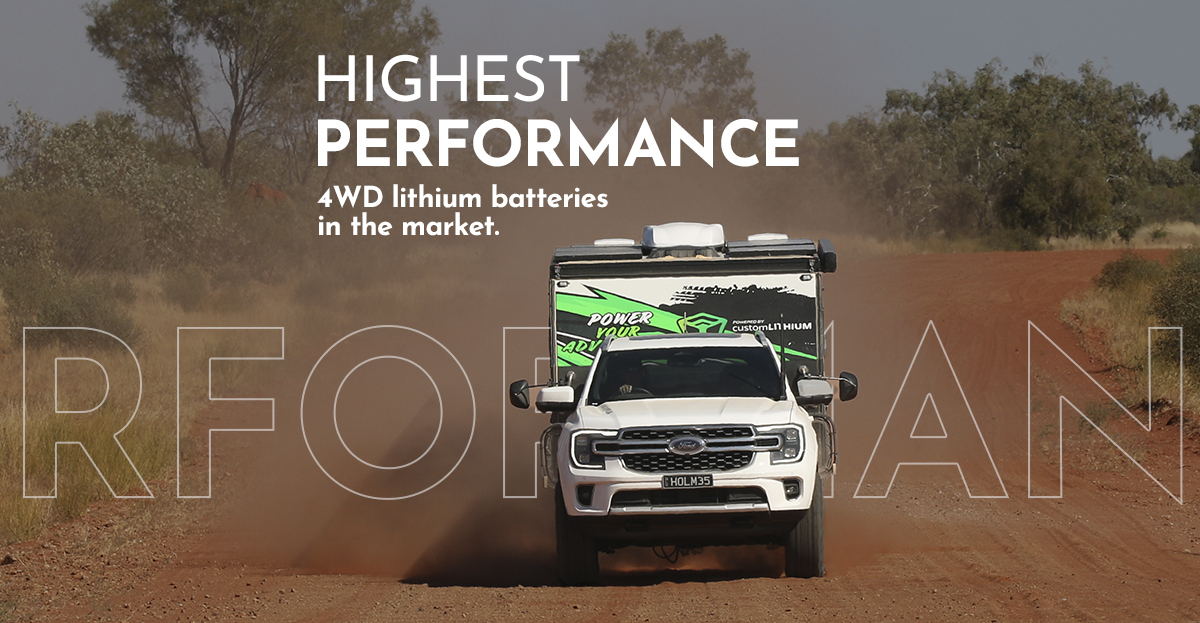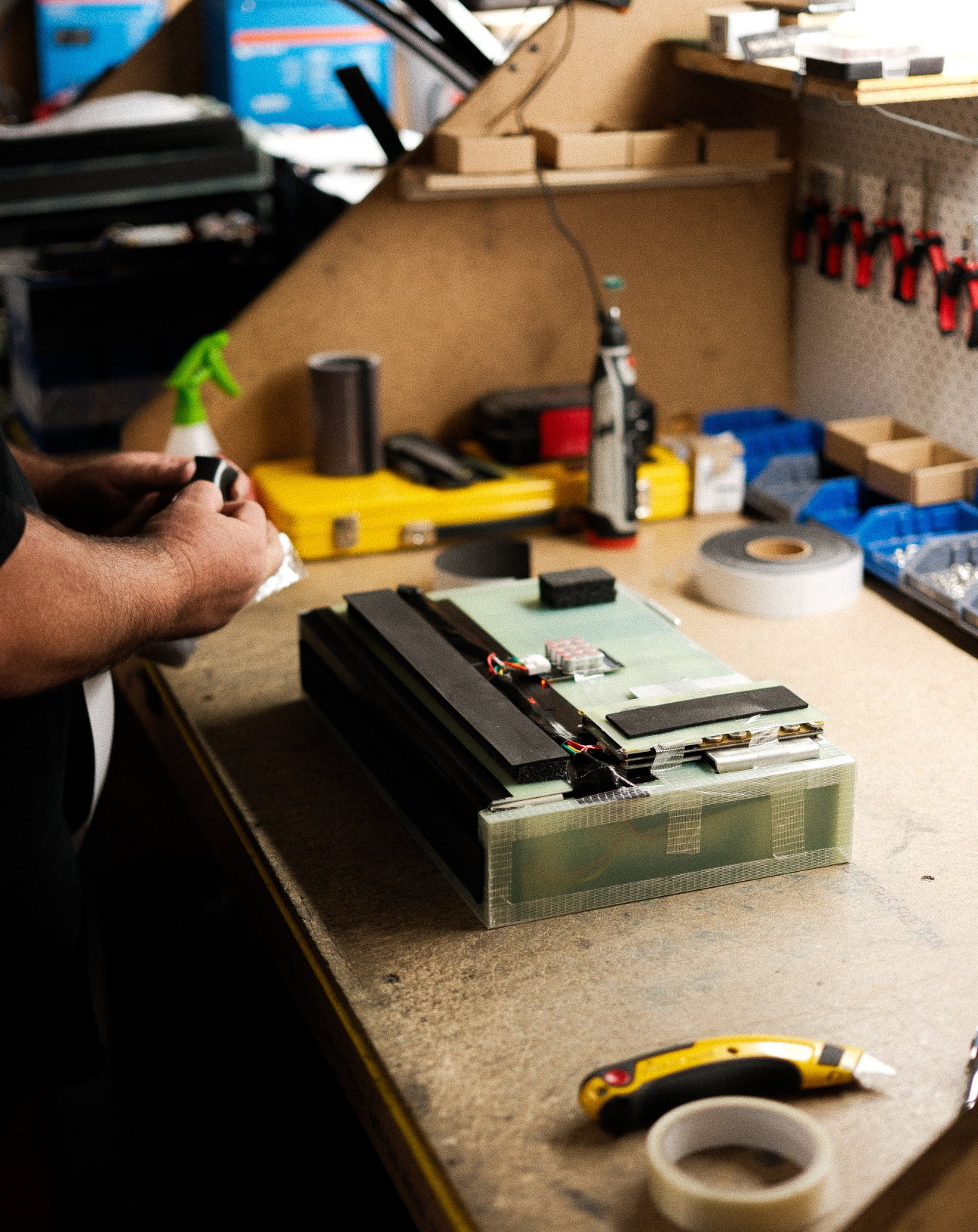
In our last article, we discussed why you can’t charge your new lithium battery with any charger. Just like choosing a battery, there are plenty of options on the market when it comes to choosing a charger for your battery. Choosing a high-quality charger will prolong the life of your battery, and significantly increase the safety of your electrical system. When we refer to battery chargers, there are two main types; AC/DC and DC/DC chargers are for different uses, you would use an AC/DC charger to top up your battery at home, or at a caravan part. DC/DC chargers are used inside the vehicle or caravan, and can sometimes be mounted in the engine bay.
AC/DC chargers
Much like the name suggests, these chargers take the AC current from a wall outlet and provide charge to your batteries. Generally, these are used in large caravan systems where shore power is available at caravan parks. These chargers do not provide any power while the vehicle is moving, so they are often paired with a DC/DC charger. See our full range of AC/DC chargers here.
DC/DC chargers
This type of charger is the most common in 12v setups and will be present in almost every 4×4 and caravan auxiliary battery system. These chargers work by taking the current generated from your vehicle’s alternator and charging your auxiliary battery with it. However, your vehicle’s alternator isn’t designed to charge an auxiliary battery because it doesn’t provide the specific charging profile needed, therefore a DC/DC charger is required to convert the alternator’s output into a consistent & optimised charge tailored to your battery’s chemistry. The introduction of smart alternators in modern vehicles increases the need for a high-quality DC/DC charger to increase the life and efficiency of your battery.
Picking the right charger
Based on the information above, you may need both an AC/DC charger and a DC/DC charger. Different options on the market will provide a different voltage and current, so it’s important to choose the correct charger for your battery. The more current a charger provides, the faster your battery will charge.
In order to pick the correct size charger, first you need to know the size of your battery. We generally recommend that the charger you choose should be around 20% of the Ah rating of your battery. For a 200Ah battery, this would mean having a 40-50A charger. For our batteries with a similar Ah rating to our 400Ah RV Battery, this would mean a larger charger like the REDARC Alpha Manager range which is available in 50A, 75A and 100A charging options.
Different chargers will also come with different features, the most popular features you should look:
- Inbuilt Solar Charger: Allows you to stay off-grid longer by regulating the current from external solar panels and topping up the battery when away from mains power, or when the vehicle is not running.
- Bluetooth Connectivity: Enables you to monitor the charging status of your battery charger remotely.
- Overcharge Protection: A high-quality charger will have an intelligent overcharge monitor to protect the battery from damage due to overcharging.
Pick the perfect charger for your setup?
See our full range of lithium battery chargers (click here). We understand that choosing the perfect battery or charger for your 12v setup can be complex, give the Custom Lithium team a call on (07) 3519 4220 to get the perfect Australian-made lithium battery setup for your 4×4 or caravan.

